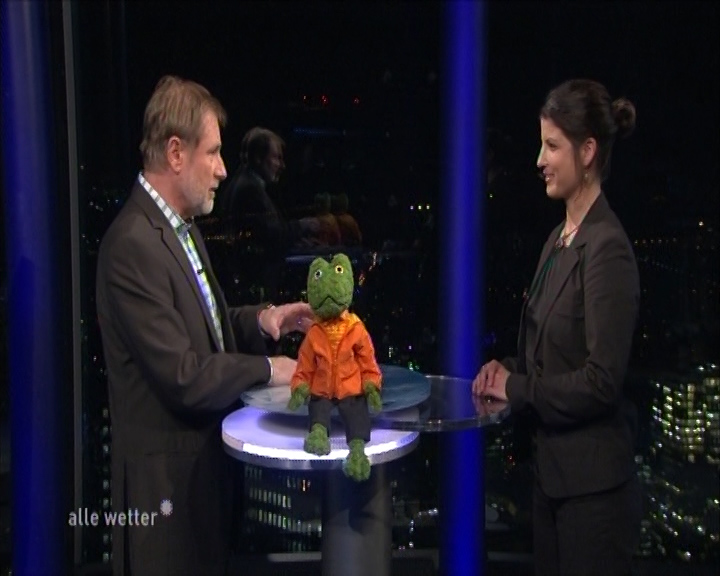MIRIADE
Challenge Platform: Greenhouse Gas Monitoring
Project Start Date: 01/2014
Lead partner: Commissariat à l’énergie atomique et aux énergies alternatives (CEA), France
Project type: Pathfinder - Explores relevant climate arenas to identify and prioritize innovation opportunities
Project lead: Sergio Nicoletti <sergio.nicoletti@cea.fr>
Partners
This project involves 4 partners in 2 European countries:
- Commissariat à l’énergie atomique et aux énergies alternatives (CEA), France (Climate-KIC Core Partner)
- Université de Versailles Saint-Quentin-en-Yvelines (UVSQ), France (Climate-KIC Core Partner)
- Laboratoire des Sciences du Climat et de l’Environnement (LSCE), France
- CNR Bologna, Italy
Concept
GHG monitoring plays a central role in developing strategies for reducing industrial emissions inventories. However the high costs associated with the widespread implementation of the state of the art in emissions observation are significantly impinging on the incentives for industries to do so. Miriade intends to industrialize and commercialize the latest in affordable GHG sensing technology.
The climate change issue
In sectors such as agriculture, waste disposal, transportation, and building HVAC, accurate emissions measurement are crucial to recognizing the environmental and economic value of adaptation and mitigation measures. The applicability of these measurements is dependent on regular and frequent updates delivered from sensing equipment. The small number of atmospheric monitoring stations limits the quality of existing data to verify anthropogenic emissions at a range of scales and across key sectors. A dense network of observation points is essential to support efforts for emissions reductions. The high costs of suitably accurate sensing equipment is preventing the development of such a network. Tunable laser diode spectroscopy (TDLS) is the technique of choice when monitoring GHGs at the level necessary to make accurate inventories. While some TDLS tools exist on the market their high price tag limits their widespread deployment.
The Project Solution
The aim of Miriade is to drive the emergence of a new class of European Mid-IR spectroscopy sensing tools. As well as providing improved sensitivity and selectivity in detecting a range of GHGs, these devices will also be more affordable, increasing their marketability to industrial actors. Developed by project partners, CEA- Leti and III-V lab through a number of international projects, it is hoped that these sensors could pave the way for rapid improvements in local GHG monitoring. By miniaturizing and standardizing subcomponents, as well as borrowing technologies from existing IC and MEMS products, it is hoped that the manufacturing costs of the design can be significantly reduced. Miriade will work to capitalize on this innovationequipment, transforming the technology into a competitive and marketable product. The purpose of the project is to foster its European partnership to set up a road map for the industrialization and commercialization of miniaturized TDLS equipment. It will address the supply chain, from chip fabrication to installation and maintenance, in order to make the product fully marketable in Europe and further afield.
The role of Climate-KIC
The Miriade project has benefited both from the valuable network of partners and the funding Climate-KICprovided. These two factors have been instrumental for the investigation into the new class of European sensing tools the Miriade project embarked on.



